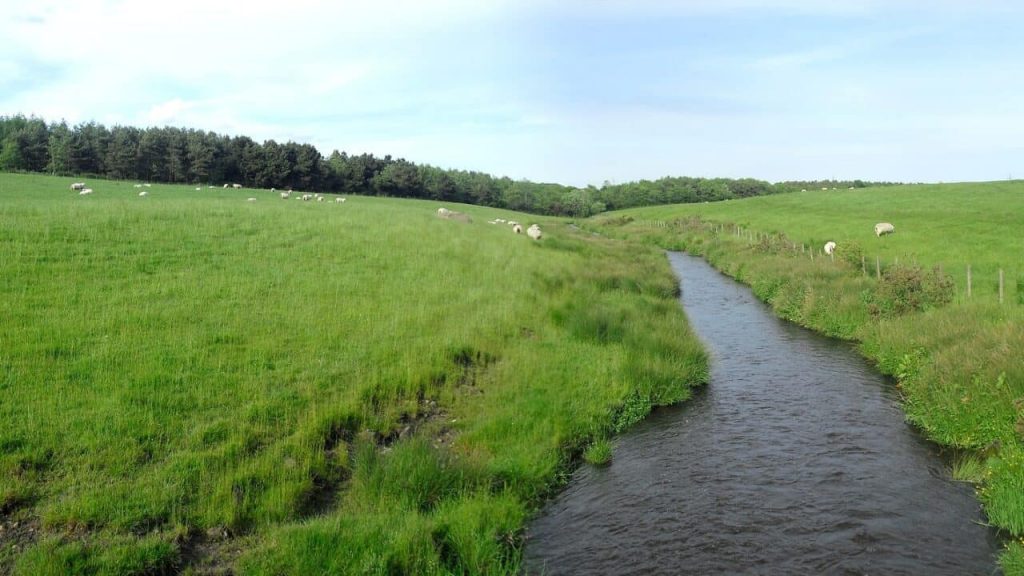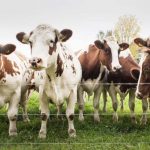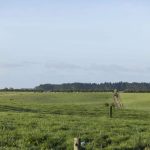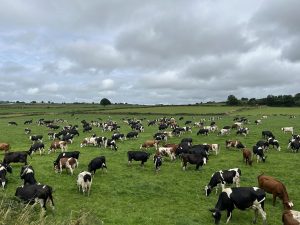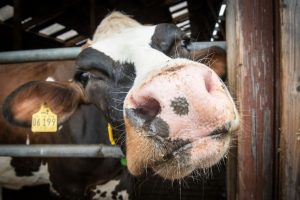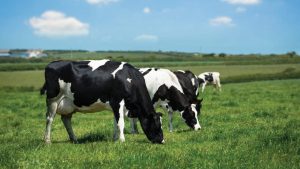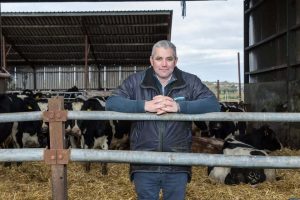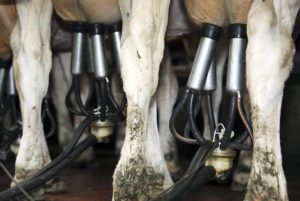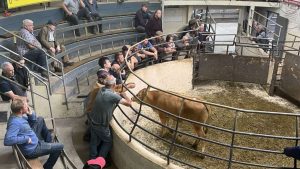
The ‘threat’ that Ireland may not retain its Nitrates Derogation past 2027 and that the limit could fall to 170kg organic nitrogen (N)/ha continues to “hang over farmers”, according to the Irish Cattle and Sheep Farmers’ Association (ICSA) despite the promise of potential changes.
The Minister for Agriculture, Food and the Marine, has put forward a number of potential nitrates mitigation measures in order to “improve water quality” including:
- Changes to nutrient excretion rates for young bovines;
- Recognising the impact of reducing crude protein in concentrates fed to dairy cows;
- Changes to maximum chemical nitrogen allowances for grassland;
- Reduced timeframe for reporting livestock manure movements.
But these proposals will be subject to “appropriate assessment” including the outcome of public consultation and will also have to secure sign off from the European Commission.
The minister has stressed that it is crucial that Ireland places itself “in the best position to secure our nitrates derogation post-2025.”
Nitrates derogation
But in the meantime however according to the ICSA that leaves farmers with no clear line of sight as to what their exact position will be in 2024 and whether they will be “compliant” across the board.
Eddie Punch, general secretary of the ICSA, said: “There are farmers who are currently asking themselves – particularly those who are close to the wire – do I need a nitrates derogation? Do I need to reduce down?
“For those with larger operations they might be able to reduce down more easily but for many if they have to for example reduce their herd size by 50 cows, or find additional land, that could make the difference as to whether they have the financial viability to continue as full time farmers.
“The reality is that farmers are now in limbo, regulations are constantly changing and farmers are doing their level best to improve water quality but farmers need to be able to plan properly for these proposed changes – which are welcome – because it is vital that we hold on to our competitive advantage here and that our grass-based system isn’t undermined.”
“This would be disastrous for farmers of every generation – and particularly for young people and their future in farming,” he warned.
Nitrates Action Programme
Separately researchers at Teagasc have been examining some of the top measures to address water quality and their implications introduced in the fifth Nitrates Action Programme (NAP).
These measures included changes relating to: soiled water management and storage; livestock excretion rate calculations and chemical nitrogen fertiliser allowances”.
According to Michele McCormack, research officer in Teagasc’s agricultural catchments programme, dairy farmers participating in the programme recently took part in a survey which looked at the options they were willing to implement on their farms in order to remain compliant with the new regulations.
The results published this month show that farmers want to see what they have described as a “common sense” approach to key issues relating to water quality.
Soiled water
In relation to soiled water management almost one-third of farmers said that they had sufficient storage to comply with the new rules.
The survey identified that the the least popular options were “to change farming system and reduce cow numbers”.
The Teagasc survey also highlighted that for those farms who needed to carry out additional measures in order to comply, 19% said they would store excess soiled water in an existing slurry tank and 12% said they would be open to investing in building additional storage for soiled water.
Livestock excretion rates
The option that 15% of farmers chose was to increase the land area according to Teagasc while 11% of farmers indicated that they would consider reducing cow numbers.
But some farmers also told Teagasc that they felt this was “a new quota being put on farming”.
“It’s a disaster because you’re penalising the most efficient cows,” said another.
Chemical fertiliser
The latest Teagasc research shows that the option most favoured by farmers in relation to this change was to improve soil fertility (15%), followed by improving grassland management (12%) and incorporating clover in grazing swards (11%).
